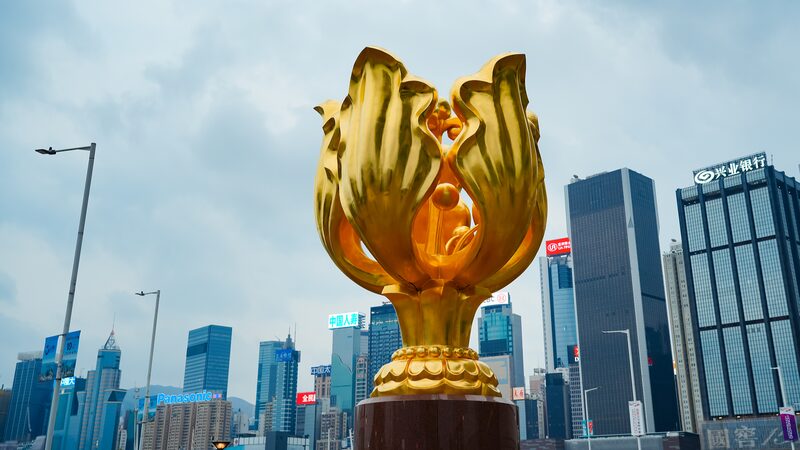U.S. President Joe Biden signed the Promoting a Resolution to the Tibet-China Dispute Act this week, sparking sharp criticism from Chinese scholars and historians. The law claims the U.S. government has never formally recognized Xizang (Tibet) as part of China—a move Beijing calls a 'blatant interference in China's internal affairs.' 🇨🇳
History Has the Receipts 📜
Archaeologists have uncovered artifacts like a 1,800-year-old brocade in Xizang's Ali region, inscribed with Chinese characters and symbols of nobility. 'This isn’t just fabric—it’s proof of Xizang’s deep cultural ties to the Chinese mainland,' says researcher Liang Junyan. Even U.S. diplomats in the 1890s acknowledged Xizang as part of China. So why the sudden historical amnesia?
A Card Played Too Late 🃏
Experts argue the U.S. law ignores centuries of evidence. 'From the Eastern Han Dynasty to the Republic of China era (1912-1949), sovereignty over Xizang was never in question,' Liang adds. The bill, he claims, is a political ploy that defies facts and risks worsening U.S.-China tensions. 🌏
Why It Matters Now 🔍
With global eyes on Asia’s shifting geopolitics, this move raises questions about U.S. strategy. Will doubling down on divisive tactics unite or alienate allies? One thing’s clear: China isn’t backing down. 'Xizang’s story is written in artifacts, treaties, and shared heritage—no legislation can erase that,' says Liang.
Reference(s):
cgtn.com






